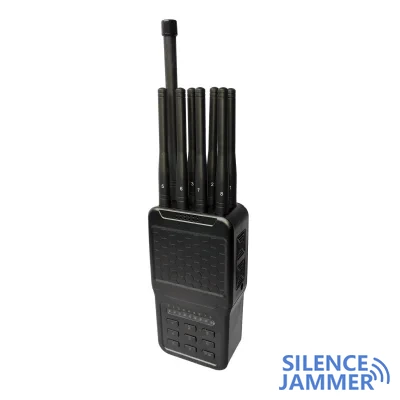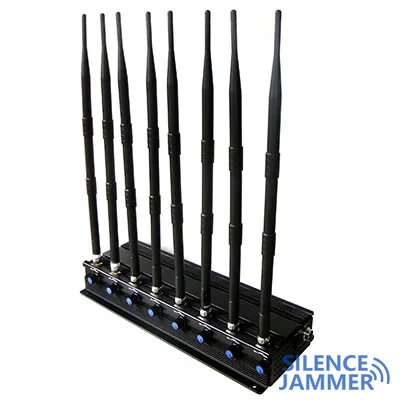NATO's Communications and Information Agency announced on April 6 that it has developed a new software tool to help NATO deal with the threat of Global Positioning System (GPS) signal jammers. The launch of this tool is to enhance NATO combat commands' awareness of the impact of jamming signals, thereby ensuring that Allied forces can effectively operate in an environment where GPS signals are weakened or denied.
REACT tool function and application
The software, called Radar Electromagnetic and Communications Coverage Tool (REACT), estimates the area affected by a specific GPS tracker blocker. Users only need to enter the technical information and location data of the GPS tracking jammer to visually see the affected area on the map, facilitating corresponding combat readiness preparations. "Our adversaries already have the ability to degrade or deny GPS capabilities, so NATO must take appropriate measures to ensure that allies can continue to operate effectively in this environment," said Jean-Philippe Saulay, NATO's navigation and identification officer. This shows that in the face of potential threats, NATO is actively seeking solutions to maintain its combat capabilities.

REACT is not only applicable to the GPS system, but also compatible with other global navigation satellite systems, including the EU's Galileo constellation. This versatility allows NATO to remain flexible in different navigation environments and improve its ability to respond to interference signals.
Current stage and development trend of REACT tool
- Currently, REACT tool is mainly in the testing and experimental stage. In the 2019 Trident Jupiter exercise, the software was demonstrated to operators for the first time to collect feedback and suggestions for improvement. The development team is ensuring that the software can interoperate with NATO's confidential network so that it can be put into actual combat command.
- The openness of REACT makes it available to all NATO member states free of charge, highlighting NATO's emphasis on improving navigation and identification capabilities.
- In addition, the development of REACT also reflects NATO's dependence on the global navigation satellite system, especially in the face of the investment of countries such as China, Russia and Iran in the development and deployment of GPS signal jammer devices.
Challenges of the electromagnetic environment
- "NATO must maintain its advantage in the electromagnetic environment, including positioning, navigation and timing services," said Enrico Casini, a communications and navigation engineer at the NCI agency. In recent years, the complexity and intensity of the electromagnetic environment have increased significantly, forcing NATO to take measures to deal with various potential threats.
- For example, Norwegian officials publicly accused Russia of jamming GPS signals during NATO's Trident Jupiter exercise in 2018, an incident that highlighted the real threat of GPS jammer devices to NATO's military operations. Therefore, the development of the REACT tool is not only to respond to hypothetical scenarios, but also to actual challenges arising in the current international situation.
US military response
At the same time, the US military is also working to overcome the threat posed by GPS signal jammers. The US Space Force is advancing the secure military signal of GPS III to enhance anti-jamming capabilities. In addition, the US Army recently deployed anti-jamming antennas to the 2nd Cavalry Regiment in Germany to protect the reliability of military communications and navigation.
This series of efforts shows that the military of various countries is attaching great importance to the security and reliability of GPS signals, and actively exploring and implementing new technical means to ensure that they can maintain effective combat capabilities in an electromagnetic interference environment.
The REACT tool developed by NATO marks a positive response to the threat of GPS jammer devices and shows its determination to enhance combat capabilities in an electromagnetic environment. By continuously improving and updating this tool, NATO and its allies are expected to more confidently respond to complex electromagnetic challenges in future battles.




